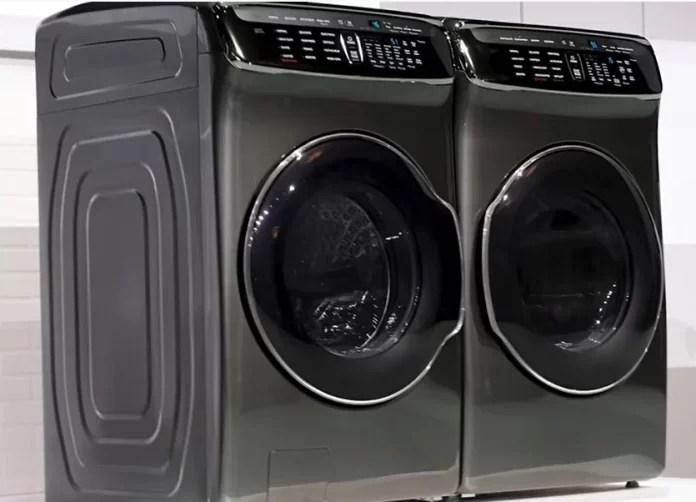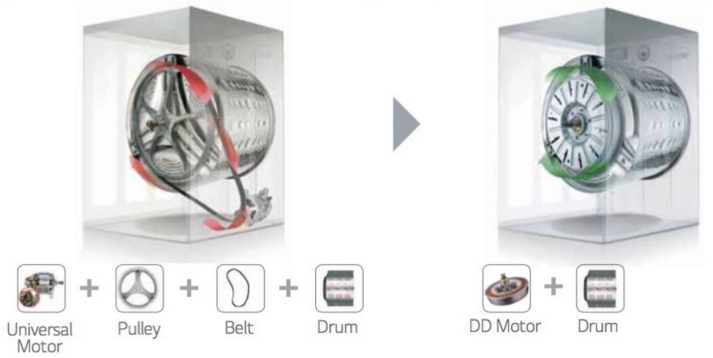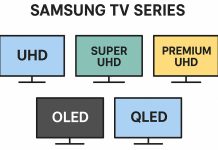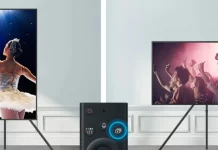Choosing a washing machine isn’t difficult when you understand the key differences and features. A well-chosen machine will meet your needs, be convenient to use, and have a long lifespan, saving you money on maintenance and repairs.
Types of Washing Machines
Modern washing machines automate the entire washing process, requiring only detergent and laundry placement. Some advanced models even dispense detergent automatically based on the load and fabric type, though these require specialized (and often costly) detergent cartridges. While designs may change over time, the fundamental types remain the same: front-loading, top-loading, and washer-dryer combos. Front-loading machines require space for the door to open, while top-loading models are more compact. Washer-dryer combos integrate both functions and can be either electric or gas-powered.
Technical Aspects and Performance
Most modern washing machines use polymer tanks instead of stainless steel to reduce costs, while the drum remains stainless steel for durability. Machines with direct-drive (DD) motors, where the motor is directly connected to the drum, produce less noise and vibration compared to traditional models.
Washing performance is largely consistent across different machines, with detergent quality playing a bigger role in effectiveness. Some models include steam, bubble technology, or active oxygen for enhanced cleaning, though these features may wear out natural fabrics faster. Despite many washing programs, all machines fundamentally perform three tasks: washing, rinsing, and spinning, with variations in cycle time, intensity, and temperature.
Efficiency and Durability
Efficiency ratings range from A (most efficient) to G (least efficient), measuring energy and water consumption, spin effectiveness, and noise levels. Checking these factors helps determine long-term operating costs.
Durability depends on manufacturing quality and maintenance. Reading customer reviews can reveal common issues. Liquid detergents tend to leave fewer residues, preserving the machine’s interior.
Price and Repairability
Price varies based on features, with electronic controls and smart home integration significantly increasing costs.
Repairability differs by brand. Some manufacturers, like Samsung and LG, provide readily available spare parts, making repairs affordable. Others restrict parts to authorized service centers, leading to high repair costs and long wait times. In some cases, replacing the machine is more practical than repairing it. By balancing cost, features, and reliability, you can choose a washing machine that best suits your needs and budget.







